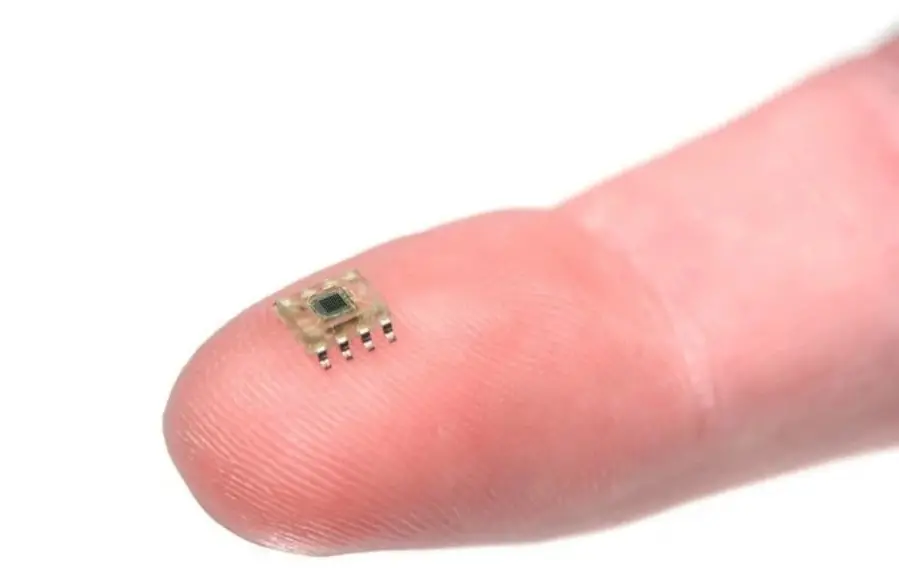Travel
Does eSIM Work Without Internet?
Staying connected is key and more than ever our smartphones play the middleman that connects us to the internet as well as socially.
However, the old method of using a physical SIM card is being challenged by a new technology called eSIM (embedded SIM). It’s popular for people who want multiple data plans in one place which is useful if you’re travelling to multiple countries which allows your eSIM to switch to the different networks on the countries you visit without having to find a new SIM every time.
This new solution is about to revolutionize how we manage our mobile connections.
What is an eSIM?
Before diving into the specifics of whether an eSIM requires an internet connection, it’s important to understand what it is.
An eSIM is a digital SIM card embedded directly into your device, replacing the need for a physical SIM card.
Instead of swapping out tiny plastic cards, you can remotely activate and manage your mobile plan using an eSIM.
Do You Need Internet for eSIM Installation and Activation?
When it comes to installing and activating an eSIM, the simple answer is yes, you do need an internet connection.
Unlike a traditional physical SIM card that you can insert into your device, an eSIM requires an initial setup process that involves downloading a carrier profile from your network provider.
Downloading the Service Provider Profile
To get started with an eSIM, you’ll need to connect to the internet, typically via Wi-Fi or an existing mobile data plan.
Once connected, you can download the specific carrier profile from your chosen network provider.
This profile contains all the necessary information to activate your eSIM and establish a connection with the mobile network.
Many carriers provide a convenient QR code that you can scan to initiate the download process.
Alternatively, some carriers offer dedicated apps or websites where you can access and download the required eSIM profile.
eSIM Functionality After Initial Setup
While an internet connection is crucial for the initial activation process, the good news is that once your eSIM is set up, you don’t necessarily need an internet connection for day-to-day use.
Just like a traditional SIM card, your eSIM allows you to access mobile data without relying on a separate internet connection.
Accessing Mobile Data with eSIM
One of the primary benefits of an eSIM is that it enables you to access mobile data directly from your carrier’s network, just like a traditional physical SIM card.
As long as you have an active data plan associated with your eSIM, you can browse the web, stream content, and use online services without the need for a separate Wi-Fi connection.
Managing eSIMs Without Internet
While an internet connection is required for the initial setup, many eSIM management tasks can be performed without being connected to the internet. For example, you can:
Switch Between eSIM Profiles: If you have multiple eSIM profiles downloaded onto your device, you can easily switch between them without an internet connection. This feature is particularly useful for frequent travellers who need to swap between different carriers or data plans.
Rename eSIM Profiles: Giving your eSIM profiles descriptive names can help you quickly identify them. You can rename your eSIM profiles directly from your device’s settings, without the need for an internet connection.
Delete eSIM Profiles: If you no longer require a specific eSIM profile, you can remove it from your device without being connected to the internet. However, it’s important to note that deleting an eSIM profile is usually permanent, and you may need to contact your carrier to restore it if needed.
Comparison with Traditional Physical SIMs
While eSIMs and traditional physical SIM cards share some similarities in terms of providing cellular connectivity, there are a few key differences when it comes to internet requirements.
Traditional Physical SIMs Don’t Require Internet for Activation: Unlike eSIMs, traditional physical SIM cards can be activated without the need for an internet connection. The activation process typically involves inserting the SIM card into your device and following any prompts from your carrier.
Both Can Operate Without Internet After Setup: Once activated, both eSIMs and physical SIM cards can function without an Internet connection. They allow you to make calls, send text messages, and access mobile data independently, as long as you have an active plan with your carrier.
Advantages of eSIM Over Physical SIM
ESIMs offer several advantages over traditional physical SIM cards, particularly for travellers and those who frequently switch between devices or carriers.
Convenience: One of the most significant benefits of eSIMs is the convenience they offer to travellers. Instead of having to purchase a new physical SIM card in every country or region you visit, eSIMs can switch automatically to that specific country (as long as that country is included in the plan).
Remote Activation and Profile Management: With eSIMs, you can activate and manage your mobile plans from the comfort of your own home or office. No more waiting in line at mobile phone stores or dealing with the inconvenience of having a new physical SIM card shipped to you.
No Risk of Losing or Damaging SIM Cards: Since eSIMs are embedded directly into your device, there’s no risk of misplacing or accidentally damaging a physical SIM card. This added security and peace of mind can be especially valuable for those who frequently swap between devices or travel extensively.
Conclusion
In conclusion, while an internet connection is required for the initial activation and setup of an eSIM, it is not necessary for day-to-day use. Once your eSIM profile is downloaded and activated, you can enjoy the same functionality as a traditional physical SIM card, including making calls, sending text messages, and accessing mobile data without the need for a separate internet connection.
The convenience and flexibility offered by eSIM technology, particularly for travelers and those who frequently switch between devices or carriers, make it an attractive alternative to traditional physical SIM cards. As more devices and carriers adopt eSIM support, it’s likely that this new technology will become increasingly prevalent, ushering in a new era of seamless mobile connectivity.







